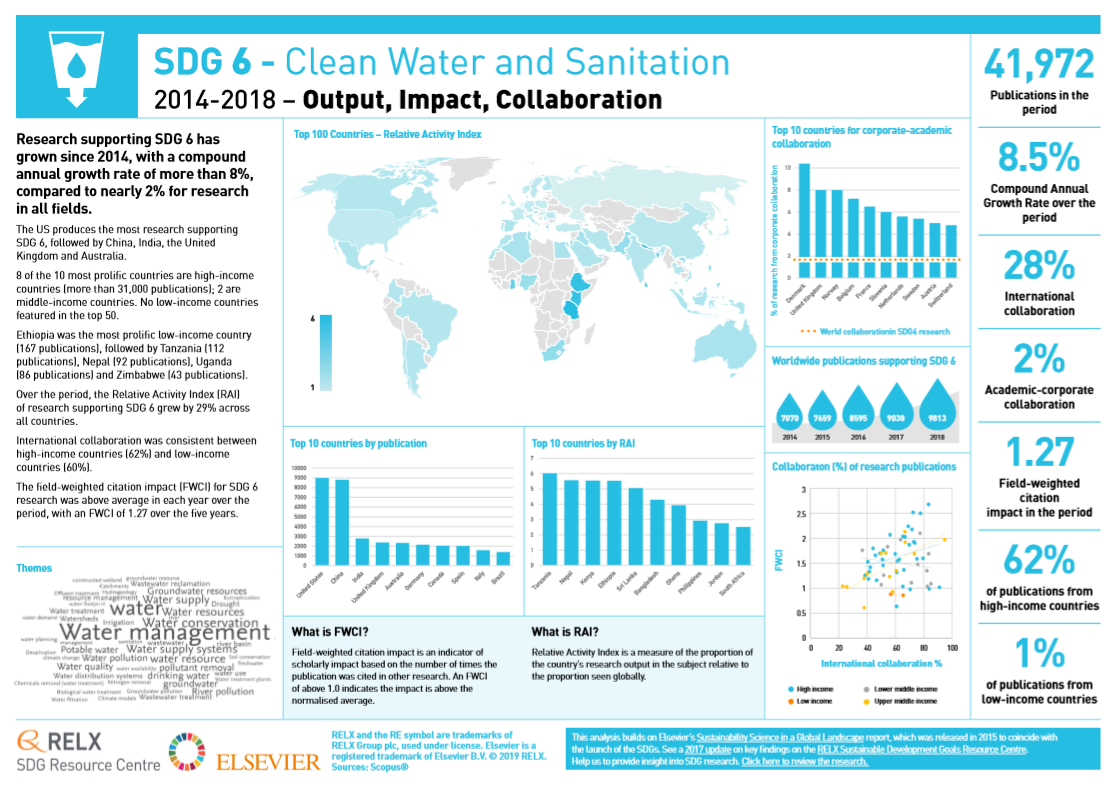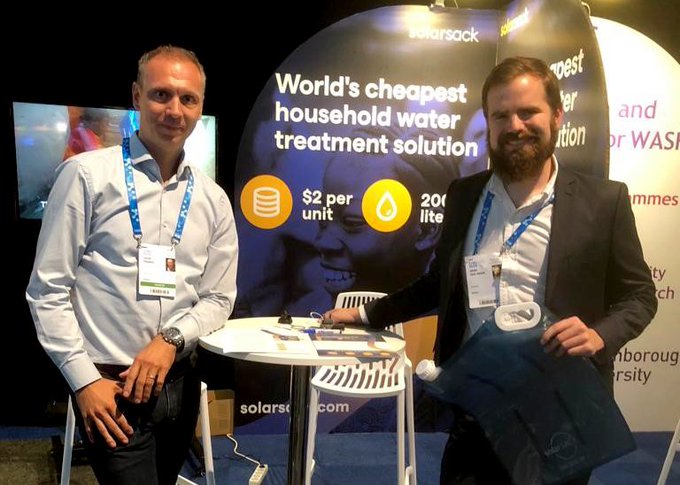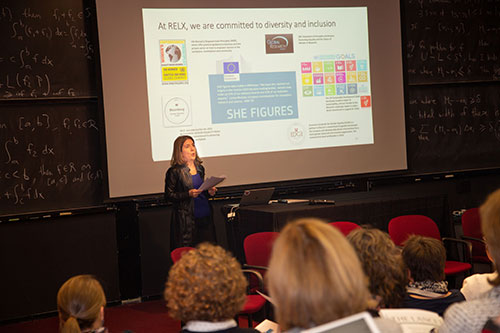The latest analysis of SDG-supporting research focusses on SDG 6: Clean Water and Sanitation. This graphic shows key metrics for research into clean water and sanitation.
RELX, a global provider of information-based analytics and decision tools for professional and business customers, has announced the winners of the 2019 RELX Environmental Challenge. The Challenge supports innovative solutions to improve SDG 6 (clean water and sanitation).
Linking to SDGs 6 (clean water and sanitation), 12 (responsible consumption and production) and 17 (partnerships for the goals), this website catalogues and facilitates water stewardship projects in river basins and regions around the world.
This chapter analyses the complex influence of climate change on vector borne diseases. It is perhaps expected that climate change will be invoked as a major driving force. The actual effect, however, is highly site specific suggesting that other factors play an equally important role.
This chapter focusses on e-waste, encompassing various forms of electrical and electronic equipment that are old, end-of-life electronic appliances. E-waste poses severe health risks to the populations, especially fetuses and children; toxic exposure is involved in the etiology of both chronic/noncommunicable diseases and infectious diseases. The e-waste widespread and chronic exposure in receiver countries poses an actual public health emergency.
Advancing SDG 5 (gender equality), Elsevier is preparing a new global gender and research report to promote gender diversity and advance gender equity using data and an evidence-based approach.
This review discusses established transgender individuals on hormones who have reached their desired post-pubertal phenotype. Current guidelines have not clearly integrated specific considerations for the older population. This review focuses on changes in physiology with age, recommended maintenance therapy and safety evaluation to mitigate the risks of hormone therapy with a focus on the older population.
The purpose of this study was to examine how innovative SDP organizations’ interactions with external stakeholders influence the social innovation process. Innovation represents the implementation of new or improved ways to promote social change. The authors conducted semi-structured interviews and focus groups with 48 SDP leaders representing organizations located across six continents.
Background: Humanity's current use of resources is not in line with the goal of sustainable development. Climate change impact scenarios appear worryingly pessimistic. The agricultural and food production accounts for a particularly high share of the impact, and this also holds for consumption of food. Transforming food consumption plays a crucial role in tackling the challenges, and sensory consumer science can contribute to this.
Traumatic brain injury (TBI) is one the most common human afflictions, contributing to long-term disability in survivors. Emerging data indicate that functional improvement or deterioration can occur years after TBI. In this regard, TBI is recognized as risk factor for late-life neurodegenerative disorders. TBI encompasses a heterogeneous disease process in which diverse injury subtypes and multiple molecular mechanisms overlap.




